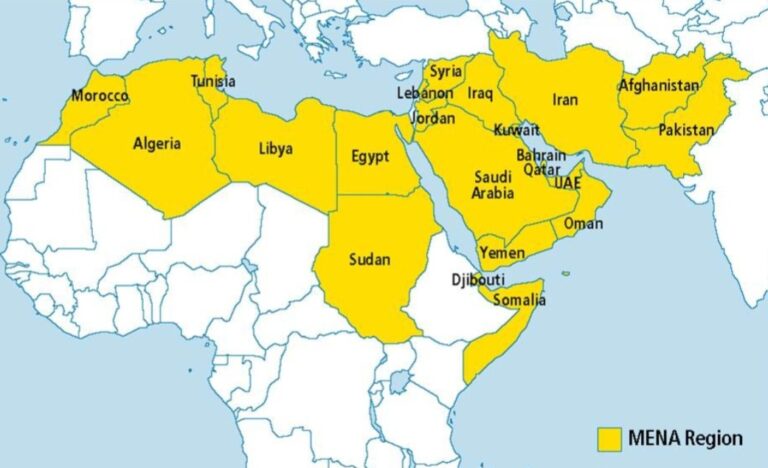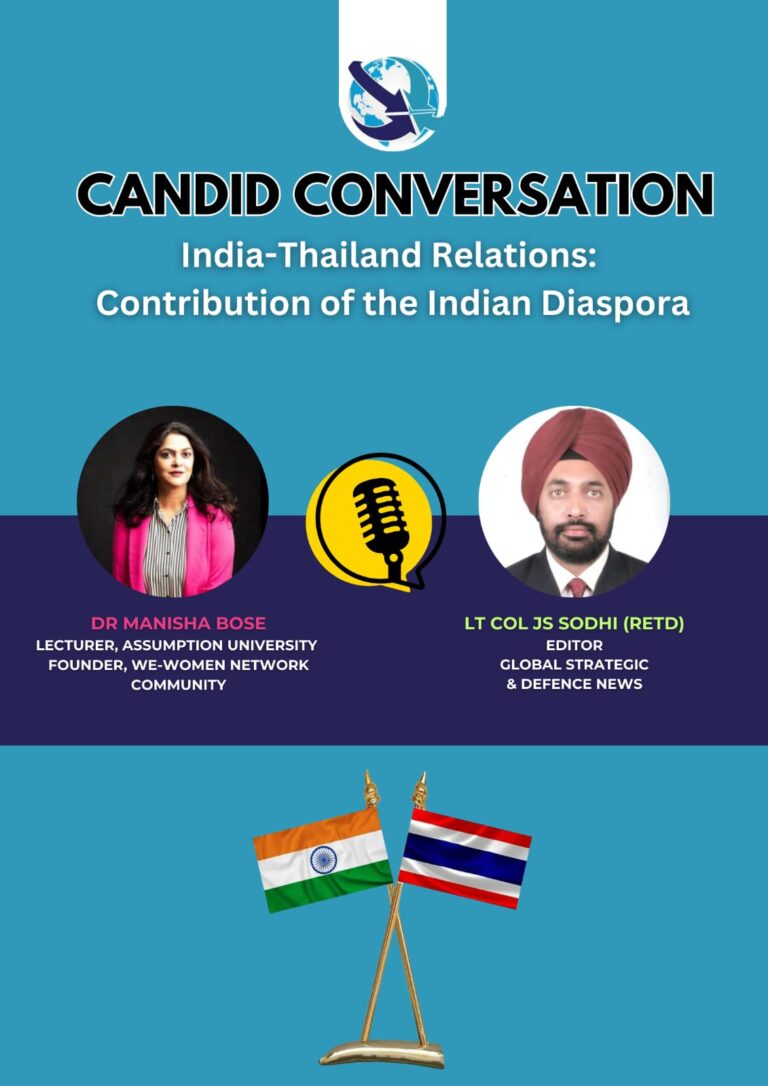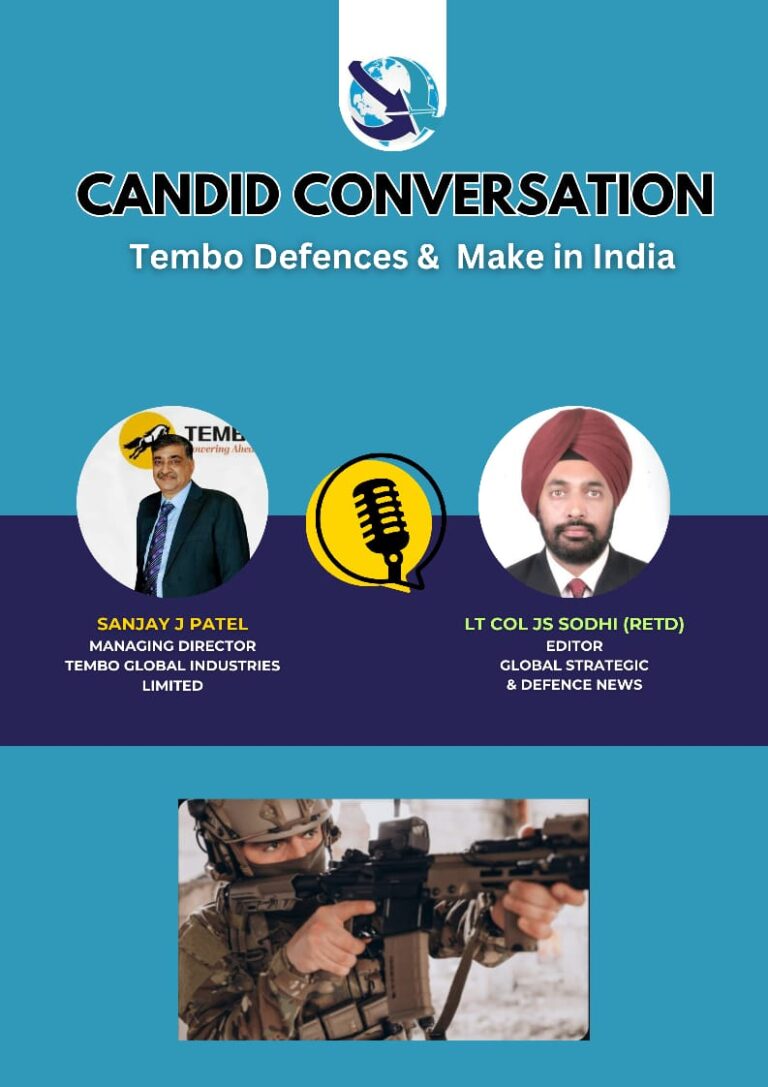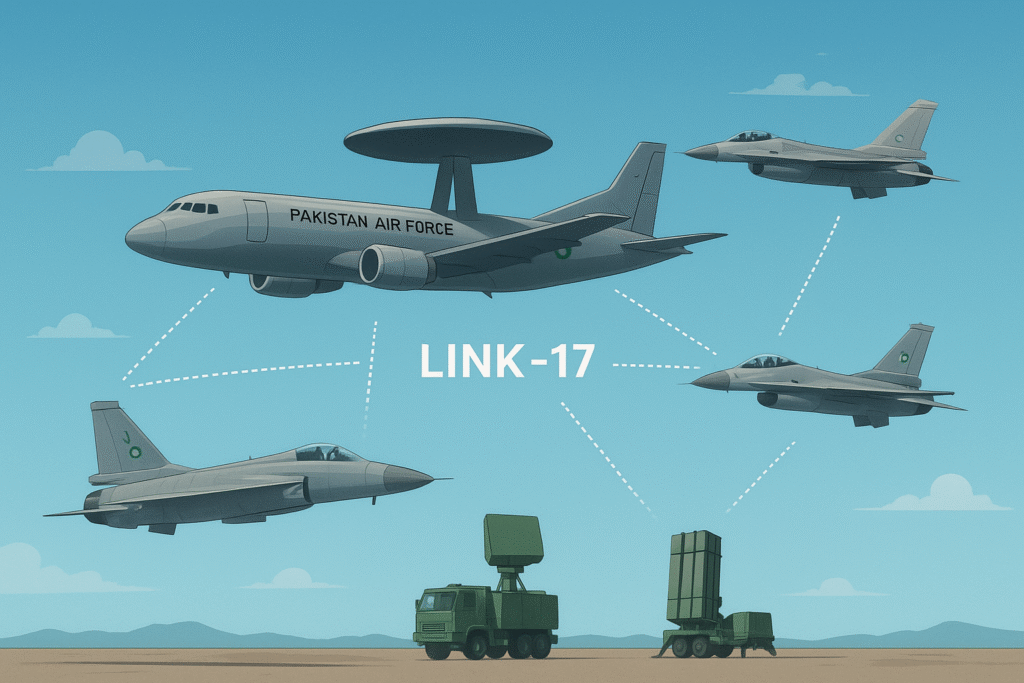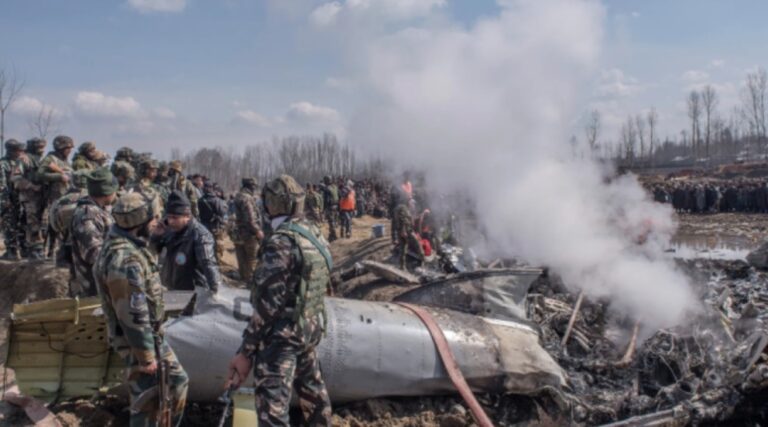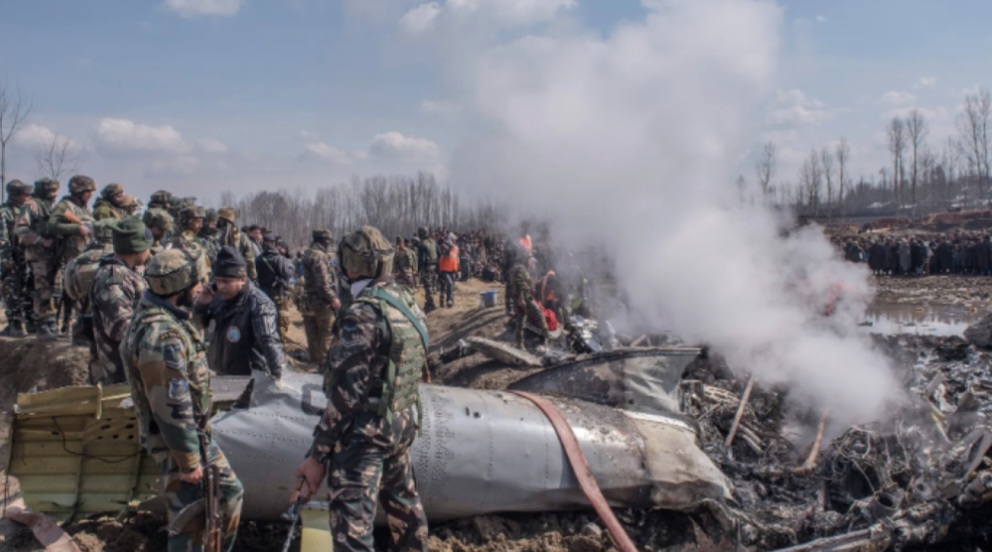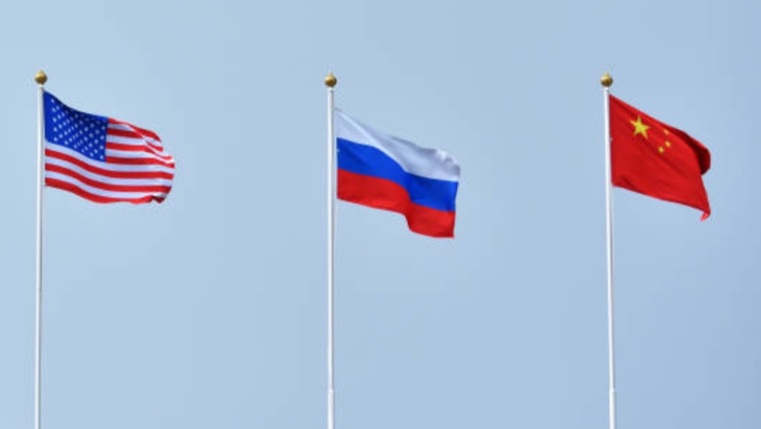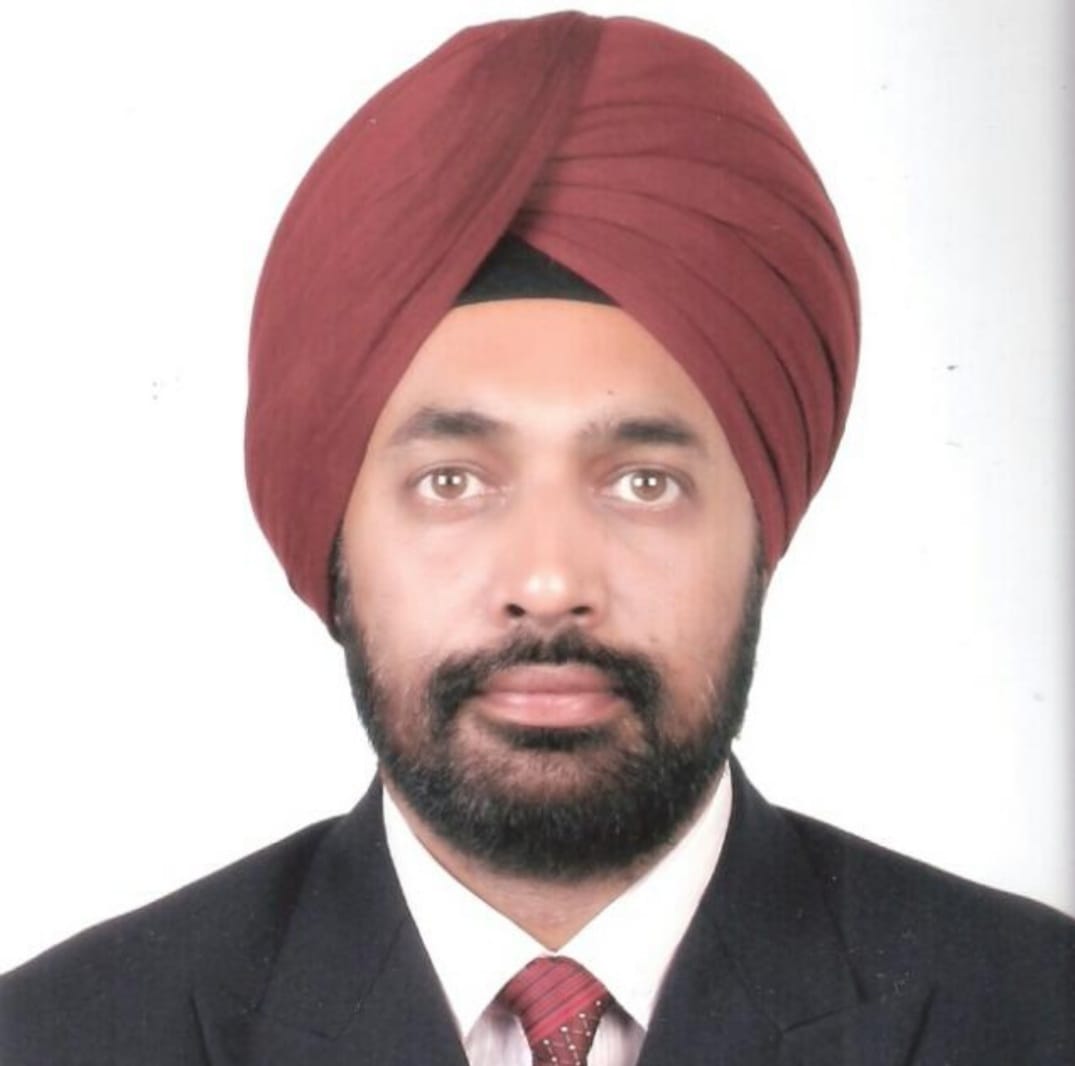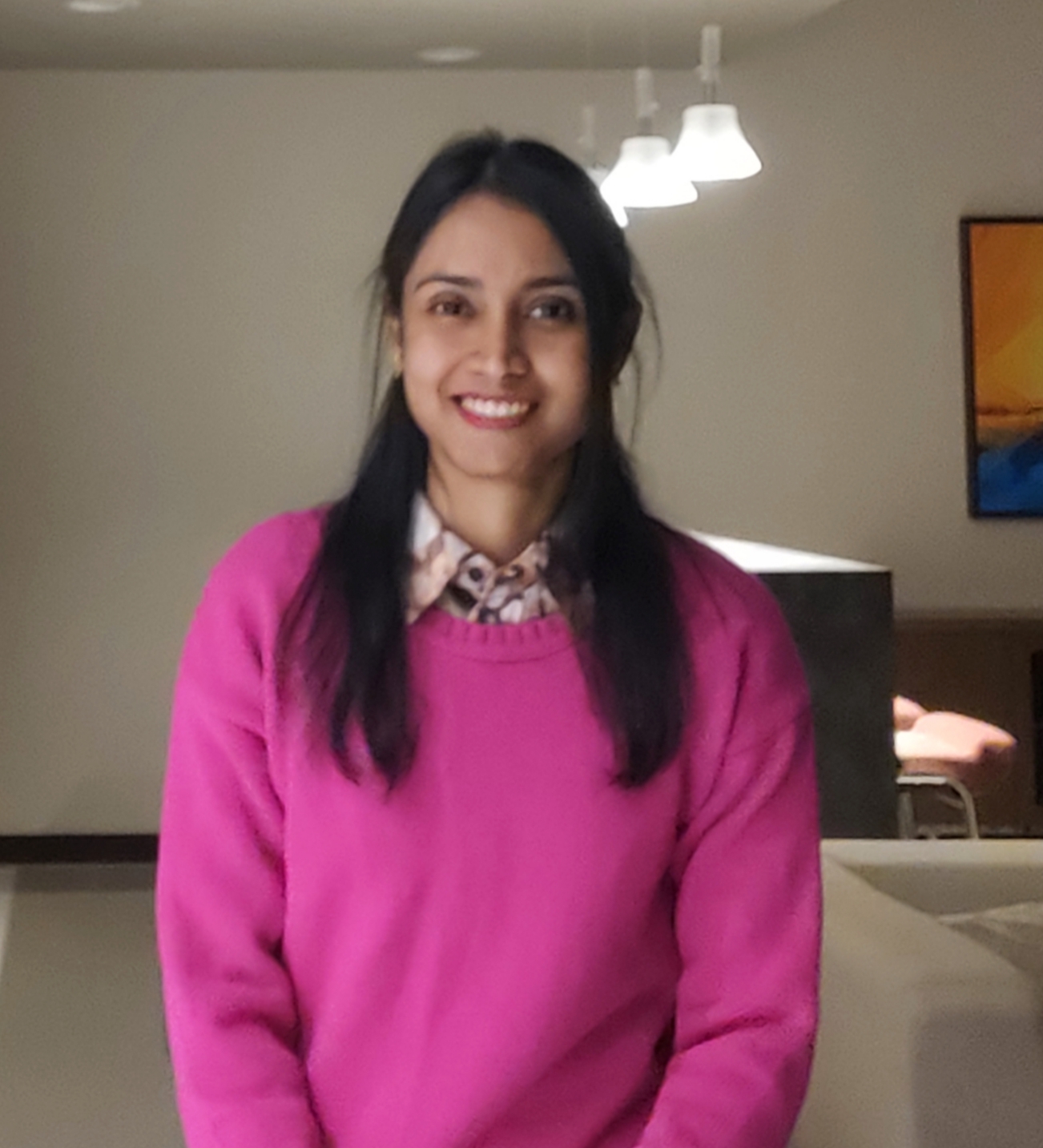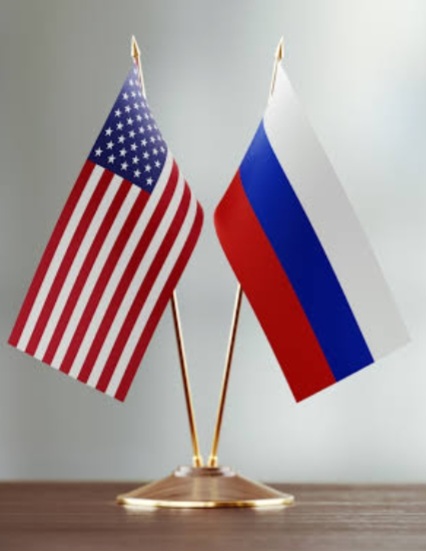By: Sanjay Mummana, Research Analyst, GSDN
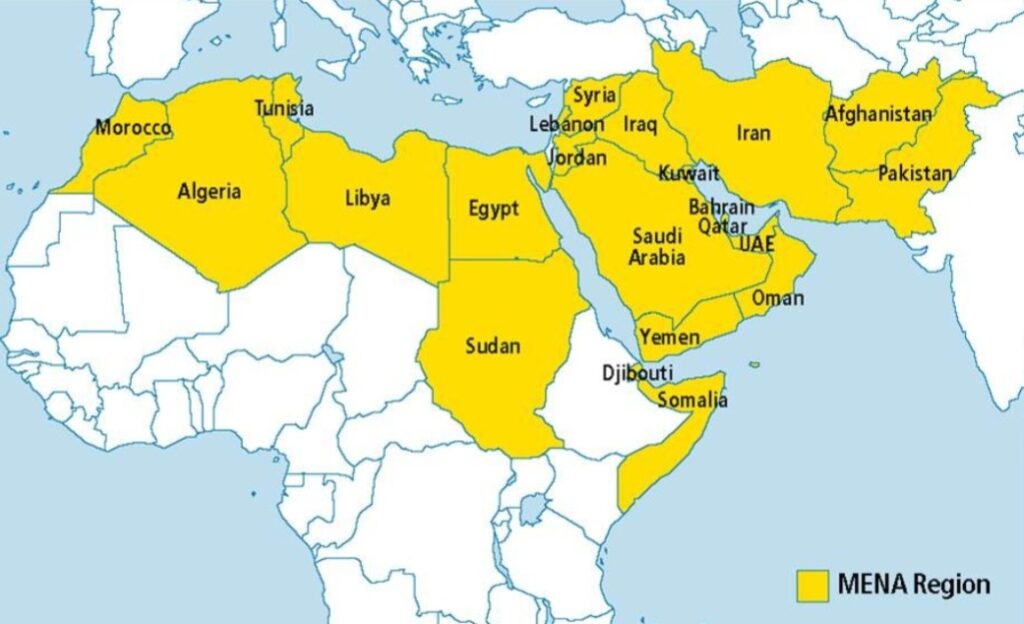
The Middle East is never just a desert between Asia and Africa; it is the place of the birth of empires, of religions, and of civilizations in conflict. Yet, when the world today thinks of this land, one word comes to mind: war. From the fall of the Ottoman Empire to the wars going now, the Middle East has seldom been a peaceful place. One conflict ends another begins, as if the region is trapped in an endless cycle. Peace in Middle East isa question shaped by both politics and history. Let us first examine the history of the Middle East, to understand the roots of its persistent conflicts.
The 1910s and 1920s: Promises and Betrayals:
The first decade of the twentieth century changed the history of the Middle East. At that time, Britain was still very dependent on oil from the United States (U.S.), and the American position on anti-colonialism made the British nervous. To reduce dependence, they turned to the oil-rich Middle East and chose to break the Ottoman Empire’s hold on the region. Arabs who had rebelled against the Ottomans thought that Britain promised them independence through the McMahon-Hussein Correspondence but their fate had already been sealed. On May 16, 1916, the Sykes-Picot Agreement divided the land between Britain and France, and on November 2, 1917, the Balfour Declaration called for a Jewish homeland in Palestine, without regard to the Arab majority living there. The Treaty of Sevres (August 10, 1920) ended the Ottoman Empire and divided its territories among the European powers. By the 1920s, instead of actual independence, Arabs were given artificial states under foreign rule, sowing mistrust and conflicts that continue to this day as well.
The 1930s and 1940s: Rising Nationalism and the Birth of Israel:
In the 1930s, anger grew in Arab lands under European control, especially in Syria, Iraq, and Palestine. Jewish migration to Palestine increased, and pushed further by Nazi persecution, which led to clashes with local Arabs. After the Holocaust, pressure rose to create a Jewish homeland, and on November 29, 1947, the United Nations voted to divide Palestine into Jewish and Arab states. On May 14, 1948, Israel declared unilateral independence, and the very next day Arab countries attacked, starting the first Arab-Israeli War. Jews lost millions of lives in the Holocaust, finally got a place to live, and when others tried to take it away, they fought till the last drop of blood and won. For Arabs, it was the opposite. They saw it as their land unfairly given to others. For Palestinians, it was the Nakba (“catastrophe”), when many were killed and hundreds of thousands were forced from their homes.
The 1950s and 1960s: The Age of Coups and Wars:
Arab nationalism grew stronger in the 1950s and 1960s. Leaders like Gamal Abdel Nasser in Egypt wanted to unite Arabs under socialism and reduce Western control. This came to a head during the Suez Crisis on October 29, 1956, when Egypt took control of the Suez Canal. Britain, France, and Israel attacked, but they were forced to withdraw under pressure from the U.S. and the Soviet Union. The Arab-Israeli conflict rose again on June 05, 1967, in the Six Day War, when Israel captured the West Bank, Gaza, Sinai, and Golan Heights, causing more Palestinian displacement.
The 1970s and 1980s: Oil, Peace, and Proxy Wars:
The 1970s were transformative. On October 06, 1973, Egypt and Syria launched the Yom Kippur War against Israel to regain territories. Israel pushed back, the Arab oil producers then used the “oil weapon,” cutting supplies to the West and quadrupling the prices. This showed the world the power of Middle Eastern oil. At the same time, there were efforts for peace. On September 17, 1978, the Camp David Accord between Egypt’s Anwar Sadat and Israel’s Menachem Begin, led by U.S. President Jimmy Carter, resulted in Egypt officially recognizing Israel. While Sadat was praised abroad, at home he was assassinated on October 6, 1981, by extremists who saw peace with Israel as betrayal. The February 11, 1979 Iranian Revolution also reshaped the region. Iran removed U.S. backed Shah and became an Islamic Republic under Ayatollah Khomeini, opposing Western influence and encouraging Islamist movements across the Middle East.
The 1980s were violent. The Iran-Iraq War (1980 – 1988) took the lives of more than a million people. Saddam Hussein, with the help of the West and Arab countries, attempted to prevent Iran, but the war did not conclude with a victory. From 1975 to 1990, Lebanon was during a civil war involving Israel, Syria, and numerous local militias. Israel invaded Lebanon in June 6, 1982 to drive out the Palestine Liberation Organization (PLO), which only led to more fighting. It was also the period in which the Shiite militant organization Hezbollah was born, backed by Iran. The First Intifada started in December 9, 1987 with mass protests, boycotts against Israeli occupation in the West Bank and Gaza.
The 1990s and 2000s: Hope, Terror, and Occupation:
In August 2, 1990, Saddam Hussein invaded Kuwait, shocking the Arab world. On January 17, 1991, a U.S.-led coalition launched Operation Desert Storm. Soon, Saddam’s army was defeated and Kuwait was freed. But U.S. troops stayed in Saudi, which angered many Arabs. This presence became one of the reasons extremists like Osama bin Laden later turned their anger against the West.
Even in this tense time, the 1990s gave some hope for peace. On September 13, 1993, the Oslo Accords were signed, and Israeli Prime Minister Yitzhak Rabin and Palestinian leader Yasser Arafat shook hands. Later Jordan also signed peace with Israel. For a short while, it seemed peace might be possible. But this hope was shaken when, Rabin was killed by an Israeli extremist. His death showed that peace could be destroyed not only by enemies but also from within one’s own side.
The first decade of the 21st century was even more turbulent. On September 11, 2001, the U.S. was attacked by al-Qaeda, led by Osama bin Laden, in the 9/11 attacks. This resulted in the U.S. invasion of Afghanistan to remove the Taliban who were sheltering al-Qaeda. Two years later March 20, 2003, the U.S. invaded Iraq, claiming that Saddam Hussein was hiding weapons of mass destruction. Saddam was captured and executed on December 30, 2006, but such weapons were not found. The war left Iraq unstable with bombings, sectarian violence, and the rise of new extremist groups that would later become ISIS.
The 2010s and 2020s: The Arab Spring and Continuing Struggles:
The Arab Spring (2010-2011) originated in Tunisia and spread throughout the Arab world. Ordinary people took to the streets demanding freedom and dignity, revolting against rulers. Hosni Mubarak was overthrown in Egypt. Muammar Gaddafi was killed in Libya. But in Syria, the protests lead into a civil war that drew in world powers and produced the worst refugee crisis.
The 2020s began with some hope for peace. On September 15, 2020, the Abraham Accords normalized relations between Israel, the United Arab Emirates, Bahrain, and later a few other Arab states. However, this peace did not include the Palestinians. Later, the Israel–Gaza conflict broke out on October 07, 2023, leaving Gaza in ruins. Syria is still stuck in war, Yemen faces one of the world’s worst humanitarian crises, and Iran and Saudi Arabia continue to compete for power.
Recently U.S. and Israel launched attacks on Iran because they feared that if Iran built nuclear weapons, it would threaten the whole region. Their worry was also linked to the groups Iran supports. Hezbollah in Lebanon is a powerful militia and political force that has fought many times with Israel. Hamas in Gaza is the group leading the fight against Israel and is behind many rocket attacks. The Houthis in Yemen are fighting a long war against the Saudi-backed government and have targeted ships and cities in Saudi. Because of these ties, many countries see these groups as terrorist organizations. Iran’s backing of them, along with its nuclear ambitions, made it a key target of U.S. and Israeli action.
Looking back at the past century, several factors have kept the Middle East locked in a cycle of conflict. In my view, some of these are as follows:
- The Middle East is a mix of ethnic groups (Arabs, Persians, Kurds, Armenians, Jews, Copts, etc.) and religious groups (Sunni and Shia Islam, Orthodox and Catholic Christianity, and Judaism). These identities have been used historically and politically to divide people even more. The Sunni–Shia divide has been one of the deepest tensions. Saudi, as the leading Sunni power, is strongly backed by the U.S., while Iran, the main Shia power, supports Shia-linked groups in different countries. To spread its influence, Iran relies on proxy groups such as Hezbollah in Lebanon, Hamas in Gaza, and the Houthis in Yemen. The goal of these proxies is not only to weaken Iran’s rivals but also to spread Shia dominance in the region. Whenever these groups gain more ground, Iran’s influence grows, creating constant friction with Saudi Arabia, Israel, and their allies.
- After World War I, Britain and France drew borders without any regard to existing tribal, ethnic, or religious realities. This produced states with internally divided populations. As a result, in many countries, certain groups became minorities and were denied equal rights. Many conflicts, such as those between Israel and its neighbours, the Kurdish, and tensions in Iraq and Syria, have their origins in these colonial era decisions.
- Large oil, gas, and mineral reserves have been both a blessing and a curse. Wealth creation has been accompanied by internal power struggles, wars, and foreign interventions as control over resources is constantly contested. Often, competing claims have worsened tensions within countries and across borders.
- Decades of authoritarian rule, corruption, and fragile institutions have left many states incapable of providing for the basic needs of their populations. This failure has led to public anger, revolutions, and extremist movements, as seen in the Arab Spring and the ongoing conflicts in Syria and Yemen.
- Middle Eastern oil has made the region a playground for global powers. The U.S. relies on Saudi Arabia not just for oil but also to maintain a strong Sunni front against Iran. On the other hand, Russia and China lean towards Iran. China is the largest importer of Iranian oil and pays using its own currency, giving China a strong economic lifeline and leverage against U.S. sanctions. For Russia, Iran is strategically important because it acts as a barrier against NATO expansion and holds key gas pipeline routes that connect to Europe and Asia. This great power rivalry means that local conflicts are often turned into proxy wars between Washington, Moscow, and Beijing.
- One of the biggest dangers comes from the possibility of Iran developing nuclear weapons. Israel sees this as an existential threat, as it fears that if Iran gets nukes, they could be passed down to proxies like Hezbollah, Hamas, or the Houthis. If such groups were ever to gain nuclear capability, the region could face uncontrollable chaos. This fear drives constant strikes, sanctions, and political pressure to stop Iran’s nuclear program.
Although there have been peace treaties, like the Oslo and the Abraham Accords, the Middle East is still full of conflicts. Real peace does not come just from signing agreements. It needs solving deeper problems. History shows that change is possible. Europe, once torn apart by many wars, rebuilt itself by talking and working together. This led to the European Union, where countries cooperate for shared goals. The Middle East can also move toward lasting peace if its nations focus on working together instead of fighting.
At this moment each nation and organization pursue its own interests, and the interests are not similar very often. And this is why peace operations cannot work. Imagine the fight as a tree – the top branches can be cut away but the roots of religion, identity, and history run deep. Without resolving the issue at root level, violence will continue to reappear. According to Mahabharata, in war there are no winners or losers but only widows and orphans. In the Middle East, this is particularly so where the common people bear the brunt. Leaders should prefer knowledge over vengeance, hope over fear, and long-term peace rather than immediate benefits. Then only peace will cease being a dream, and become a reality.

